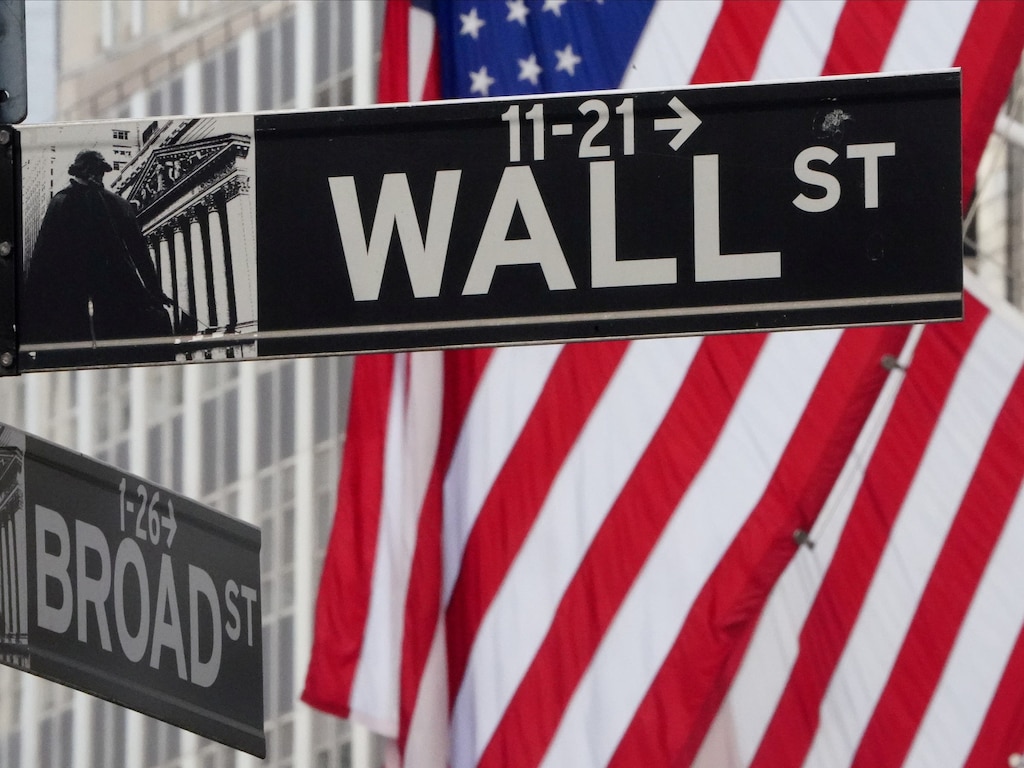 Reuters
Reuters
- Goldman Sachs raised its downside target for the S&P 500 on Friday, after investor hopes for a swift economic recovery sent the benchmark index higher in recent weeks.
- “The powerful rebound means our previous three-month target of 2,400 is unlikely to be realized,” strategists led by David Kostin wrote in a note dated May 29.
- Goldman’s downside target now stands at 2,750, while its upside target is 3,200.
- The S&P 500 has rallied from under 2,250 on March 23 to north of 3,000.
- Visit Business Insider’s homepage for more stories.
Goldman Sachs has lifted its downside target for the S&P 500 after the benchmark index bounced back in recent weeks.
The bank’s strategists revised their forecast after the S&P 500 soared 35% from its March 23 low, reflecting investors’ optimism that coronavirus restrictions will be quickly eased and the US economy will reopen.
“The powerful rebound means our previous 3-month target of 2,400 is unlikely to be realized,” they wrote.
Earlier in May, Goldman predicted the index could plunge 18% by the end of summer, and end the year at 3,000. However, the S&P 500 closed at 3,044 on Friday.
 Goldman Sachs
Goldman Sachs
In a note dated May 29, a team led by David Kostin said the US equity benchmark could rally to 3,200, and raised their downside target to 2,750.
“In the near-term, depressed levels of institutional positioning suggest potential upside of 5%,” they wrote. “However, any faltering on the path toward economic reopening or further increase in political risk would lead to downside of 10%.”
The bank’s strategists said risks of economic or political interruptions suggest that “near-term returns are skewed to the downside, or neutral at best.”
While they described the index’s recent performance as “remarkable,” they also said the upward trajectory of US equities in the last two months is unlikely to persist.
Kostin’s team laid out four macro risks to their forecast:
- Medical. A successful anti-viral therapeutic or vaccine could represent an upside catalyst, while a second wave of coronavirus infections could send the index lower.
- Economy. Limited rehiring, elevated corporate leverage, and adoption of zero-based budgeting by companies could restrain economic recovery.
- US-China tensions. Disruptions to trade between the two countries could weigh on the index.
- November 2020 US election. “Prediction markets currently assign a 78% probability the Democrats control the House of Representatives, a 51% likelihood of occupying the White House, and a 48% probability of controlling the Senate,” the strategists wrote.













